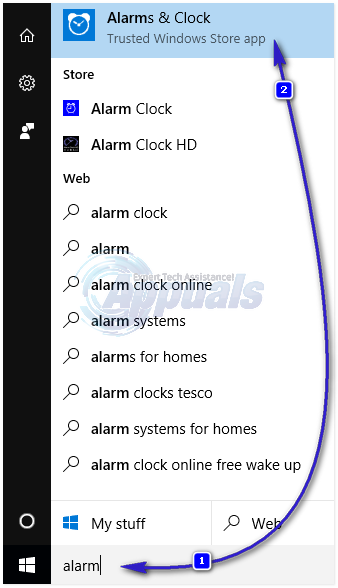

Related: You don’t need an iPhone to use FaceTime: How to place a call on your computer or Android 5. Move them all the way down to remove them from the list.
Tap and hold on icons to drag them into the order you want. Tap on the pencil icon to expand the list of quick settings. Swipe down twice from the top of your phone screen to access the panel. You’ll want to customize the panel to include the settings you use most. From here you can access settings such as airplane mode, Bluetooth, nightlight, alarm, focus mode, flashlight, location, camera and mic access and more. Many of the new features introduced with Android 12 can be found in quick settings. Tap Undo to turn notifications back on. Tap the alarm clock and select how long you want to snooze the notification. Tap the downward facing arrow to expand the panel. Swipe your Notification Shade and find the notification you want to snooze. Unlike Do Not Disturb mode, this feature lets you pick and choose which notifications to delay. Android 12 introduced snooze notifications that let you get rid of notifications temporarily so you can come back to them later. Snooze alarms are great for catching some extra sleep without completely ruining your morning and now this extends to your phone notifications. Tap or click here for instructions on setting up a similar shortcut in iOS. You can use taps to open Google Assistant, play or pause music, open specific apps, show notifications or take a screenshot. Toggle on Quick Tap and select from the list of actions. Wouldn’t it be great to access it any time, no matter what else you were doing? The new Quick Tap feature lets you create shortcuts using double taps on the back of your phone. Think of an app or action that you constantly use. Here’s how to protect yourself from malware and other junk. Related: Dangerous apps can ruin your phone. Swipe down from the top of the screen to access quick settings (more on that below) and you can disable one or both sensors. This useful feature was introduced to iPhones with iOS 14. Just look at the top of your screen to see if your camera or microphone (or both) are being accessed. Manually adjusting your iPhone's time in Settings to change app behavior, like game timers, isn't recommended and can affect alarms.How can you tell when an app is using your microphone or camera? Android 12 introduced a new indicator in your phone’s status bar to make things clear. If you connect headphones or speakers to your iPhone, the alarm plays at a set volume through the built-in speakers on your iPhone as well as wired and wireless headphones and speakers. Tap the alarm, then tap Sound and choose a Sound. Open the Clock app, tap the Alarm tab, then tap Edit. If your alarm only vibrates, make sure that your alarm sound isn't set to None. You can also go to Settings > Sounds & Haptics and drag the slider under Ringer and Alerts.  Set the volume on your iPhone. If your alarm volume is too low or too loud, press the volume button up or down to adjust it. If you have an alarm that doesn't sound or is too quiet, or if your iPhone only vibrates, check the following: If you set your Ring/Silent switch to Silent or turn on Do Not Disturb, the alarm still sounds. Do Not Disturb and the Ring/Silent switch don't affect the alarm sound.
Set the volume on your iPhone. If your alarm volume is too low or too loud, press the volume button up or down to adjust it. If you have an alarm that doesn't sound or is too quiet, or if your iPhone only vibrates, check the following: If you set your Ring/Silent switch to Silent or turn on Do Not Disturb, the alarm still sounds. Do Not Disturb and the Ring/Silent switch don't affect the alarm sound.








